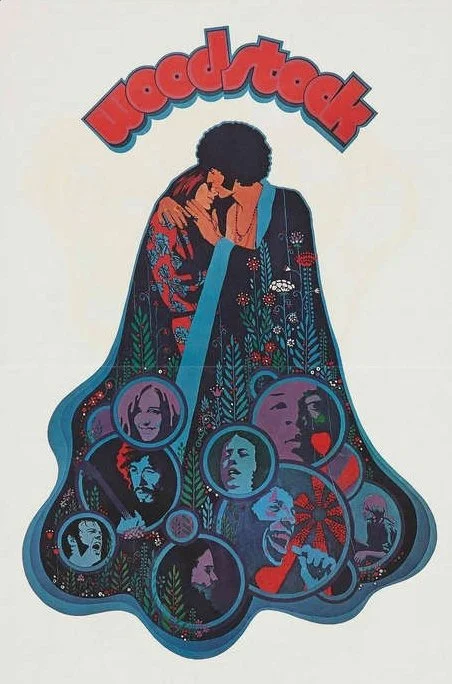The Seven Deadly Sins Seen in Cinema
Envy - The Great Gatsby (2013) dir. Baz Luhrmann
Envy is defined by an extreme desire for others’ status, traits, abilities, or situation, which is chillingly clear is Baz Luhrmann’s 2013 adaptation of the 1925 F. Scott Fitzgerald novel. The film explores a theme of the connection between wealth and shallowness, which leads to forms of envy in all characters. While Jay Gatsby does not envy other character’s financial situations, while Nick Carraway does, he is extremely envious of the situation of Tom Buchanan, the spouse of Daisy, his forbidden flame. Gatsby spends his time and money throwing the most lavish parties, all in the pursuit of envy. Luhrmann’s set design and personal style thrust the plot further giving the audience an incredible understanding of what envy can do to a person.
Greed - The Wolf of Wall Street (2013) dir. Martin Scorsese
Greed is defined by the want of material gain or wealth, ignoring the province of the transcendent. The ferocity, grit, and pure delinquency of The Wolf of Wall Street is manifested in the main character, Jordan Belfort, who is practically a walking example of the sin of Greed. He’s made a fortune illegally selling penny stocks, and spends a fortune on empty self indulgences. No deal is good enough, no woman will satisfy him, and no drug is sufficient for Belfort, ultimately leading to his arrest. The incredible storytelling ability of Martin Scorsese combined with Leonardo Dicaprio’s immaculate portrayal of Jordan Belfort create an entertaining way to understand the sin of Greed.
The Big Lebowski (1998) dir. Ethan Coen, Joel Coen
Sloth - the avoidance of physical or spiritual work. Part of what makes this stoner comedy so timeless is leading man,“The Dude”. While Jeff Bridges’ performance makes this character extremely lovable, the depth of this film comes front the duality of the Dude, because he is inevitably a sloth. Throughout the film, his “go with the flow”, and pacifistic attitude toward the world goes from funny to tragic when the Dude’s true motives behind the lost briefcase are uncovered. The Coen Brothers’ style of storytelling shows us how sin can be disguised and ambivalent.
Lust - American Beauty (1999) dir. Sam Mendes
Lust is an inordinate craving for the pleasures of the body, and American Beauty is a film that deals with the troubling consequences of sex and sexuality. All characters in this movie struggle with sex in some way. Angela lies about her sexual experiences in order to give off the impression that she is more sophisticated and complex than she really is. Carolyn is cheating on her husband. Jane exposes herself through a window, and is almost caught. Lester finds freedom in pleasuring himself, next to his wife. Director Sam Mendes chooses to have Lust represented in all characters, making it a constant throughout the film.
Gluttony - Willy Wonka and the Chocolate Factory (1971) dir. Mel Stuart
Defined as the desire to consume more than that which one requires, Willy Wonka and the Chocolate Factory is a film that audibly exhibits the sin of Gluttony in the character Augustus Gloop. Augustus falls into a deathly river of chocolate because he could not stop his excessive consumption. While the chocolate and candy in this movie might make this sin extremely tangible, the children’s parents' want for fame and wealth shows gluttony in a way that shows less composition on the human figure.
Pride - There Will Be Blood (2007) dir. Paul Thomas Anderson
Pride is the excessive belief in one's own abilities, that interferes with the individual's recognition of the grace of God. Paul Thomas Anderson’s masterpiece weaves the sin of Pride throughout the story, pitting Daniel Plainview and Eli Sunday against each other. Daniel is a ruthless, misanthropic oil man with a God complex, and Eli is a self proclaimed faith healer and vessel to the holy spirit. PTA’s tight screenplay explores Pride in its totality.
Wrath - Raging Bull (1980) dir. Martin Scorsese
Wrath is defined as an individual who spurns love and opts instead for fury. The sin of Rage and its consequences are an overarching theme in Martin Scorese’s best picture nominated film. Middleweight boxer Jake LaMotta’s struggles within his personal life travel with him into the boxing ring. He is unable to express his feelings, distrusts everyone, and resorts to violence in almost all situations. Jake’s intense lifestyle of constantly trying to make weight eventually leads to his downward spiral that takes everything from him. Robert DeNiro and Martin Scorsese make an excellent partnership which drives the narrative onwards.











